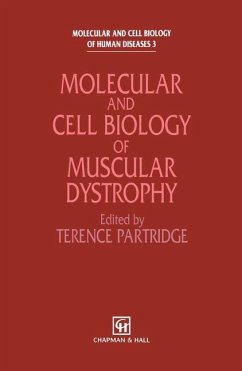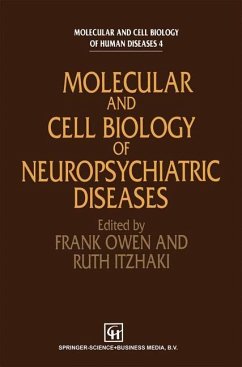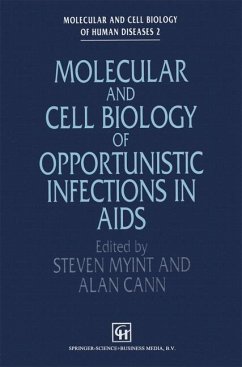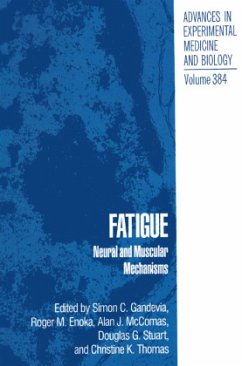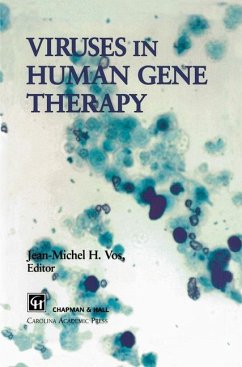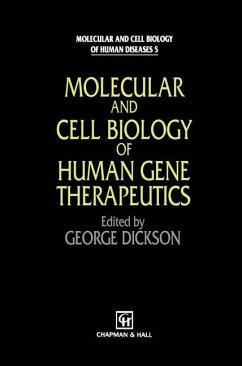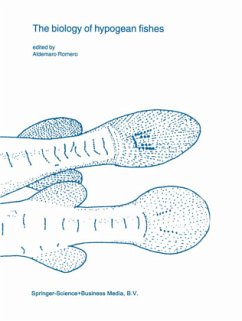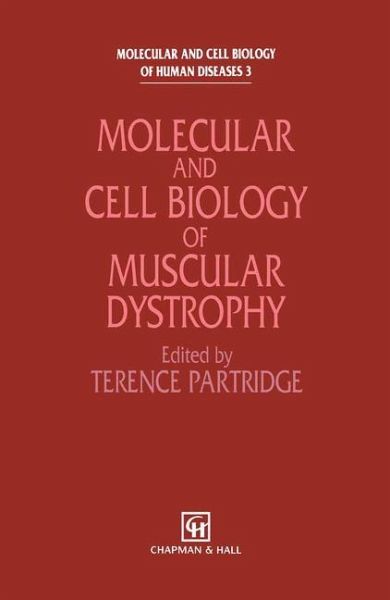
Molecular and Cell Biology of Muscular Dystrophy
Versandkostenfrei!
Versandfertig in 1-2 Wochen
153,99 €
inkl. MwSt.

PAYBACK Punkte
77 °P sammeln!
Molecular and Cell Biology of Muscular Dystrophy gives a series of accounts of various aspects of the remarkable breakthrough which has been achieved in our understanding of the Duchenne/Becker muscular dystrophies and of the consequences and ramifications of this breakthrough.





